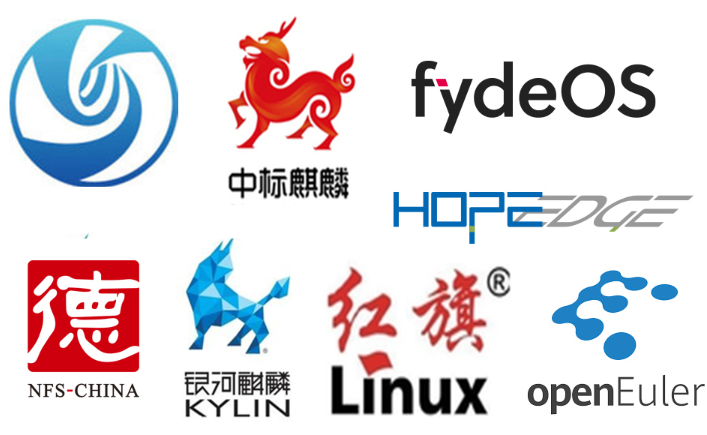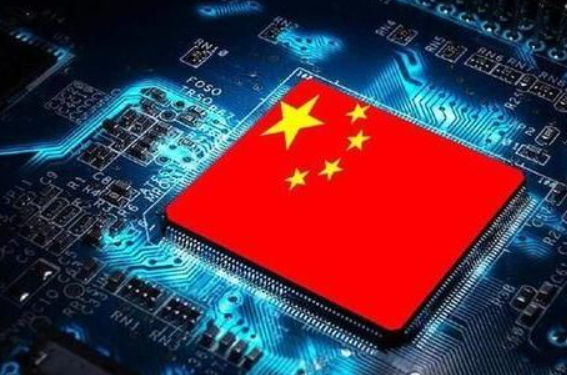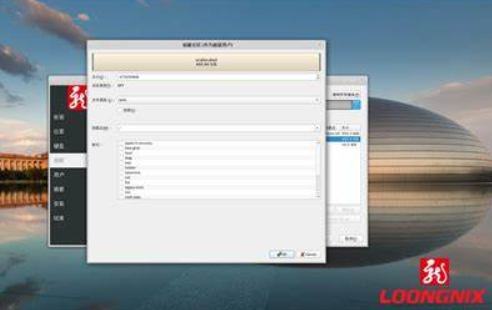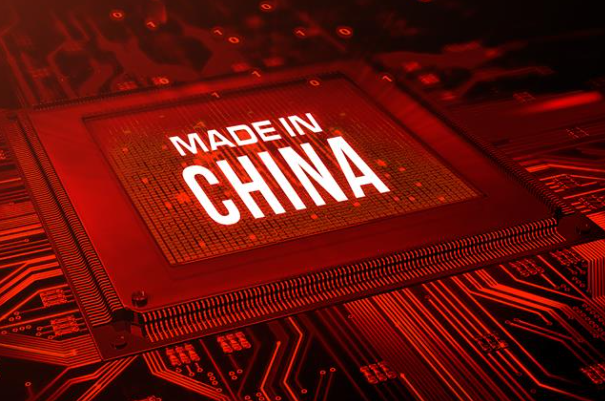
 Click the blue text to follow us
Click the blue text to follow us
In recent years, the competition in the international technology arena has intensified, and domestic operating systems have transitioned from being an “alternative” to a “necessity.” Today, let’s review the mainstream domestic operating systems and see which one suits you best!

Mainstream Domestic Operating Systems
(1) Kylin System
As a representative of the “national team,” Kylin Software’s Galaxy Kylin and Zhongbiao Kylin have long occupied the top positions in the domestic OS market share.
The Galaxy Kylin V10 version is compatible with domestic chips such as Feiteng and Kunpeng, supporting over 100,000 applications with strong compatibility; Zhongbiao Kylin is known for its stability and is widely used in infrastructure such as power and transportation.

(2) Tongxin UOS
The Tongxin UOS operating system significantly lowers the migration threshold with its Windows-like interface design, compatible with over 2000 printers and peripherals, making it a popular choice in government and education sectors.
(3) Huawei Euler
Euler is an open-source operating system focused on server and cloud computing scenarios, supporting AI computing power scheduling on Kunpeng chips, with real-time kernel latency as low as 5 microseconds, suitable for distributed cloud platforms in the energy sector.

(4) Deepin
Deepin system has a more aesthetic advantage, currently attracting over 3 million users worldwide, supporting “one-click migration” (compatible with Windows software), making it the first choice for personal users trying out domestic OS.
Domestic OS in the Industrial Control Field
In industrial control systems, the requirements for safety and real-time performance are more stringent. Domestic OS is breaking through foreign monopolies through technological breakthroughs and ecological cooperation, forming a development path of “general technology base + industry customization.”
(1) General Technology Breakthroughs
1. Microkernel Architecture: For example, Dongtu Technology’s Intewell adopts a microkernel design, achieving millisecond-level real-time response, supporting high-precision scenarios such as industrial robots and CNC machine tools.
2. Full-stack Domestic Adaptation: The Industrial Operating System Alliance promotes the collaboration of “chips + OS + applications,” for instance, Zhongke Fangde is compatible with six major domestic CPU architectures including Haiguang, Zhaoxin, and Longxin, covering 90% of industrial control hardware.

(2) Ecological Co-construction
1. Zhongke Fangde: Its domestic operating system supports multiple architectures such as x86 and ARM, adapting to over 5000 industrial devices, commonly used in the localization transformation of energy and rail transportation scenarios.
2. Tongxin UOS Industrial Edition: Provides modular design, allowing users to tailor system services according to their needs, enabling flexible deployment from PLC to SCADA systems.
3. Nengsi Euler: Outstanding electromagnetic interference resistance, stable operation outdoors.
4. Loongnix: Customized based on Loongson processors, applied in aerospace vehicle control systems, achieving full domestic software and hardware collaboration.

Challenges and Future of Domestic Systems
Despite significant progress in domestic OS in recent years, there are still two major bottlenecks to overcome:
1. Ecological Adaptation: The compatibility rate of industrial design software (such as CAD) is insufficient, relying on foreign vendors for adaptation;
2. Real-time Performance: High-precision manufacturing scenarios still need to integrate with foreign real-time systems.
Driven by both policy and technology, domestic OS is accelerating its breakthrough. By 2025, the localization rate in key industries is gradually increasing. The Ministry of Industry and Information Technology shows that by 2027, five major industries including energy, finance, communications, transportation, and military will achieve full domestic coverage.

Conclusion
From “usable” to “user-friendly,” domestic operating systems are accelerating their iteration, moving from “alternative” to “mainstream,” together writing the chapter of “Chinese intelligent manufacturing.”
END Give a “look” to stay connected
Give a “look” to stay connected